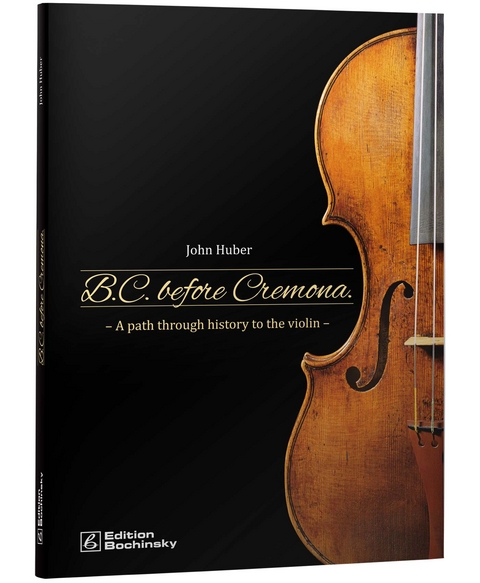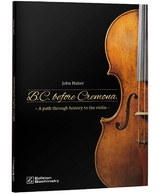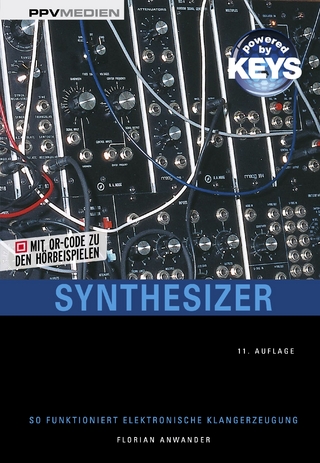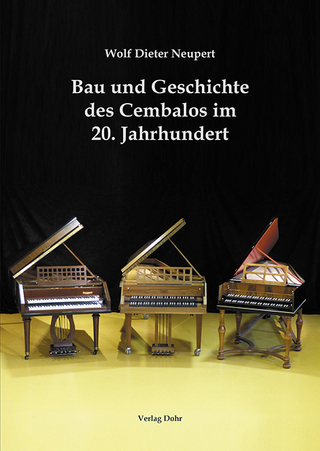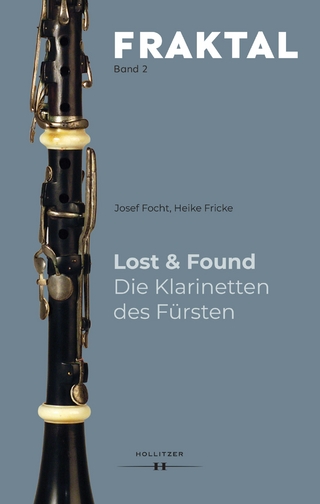B.C. Before Cremona
PPVMEDIEN (Verlag)
978-3-941532-13-7 (ISBN)
- Titel z.Zt. nicht lieferbar
- Versandkostenfrei innerhalb Deutschlands
- Auch auf Rechnung
- Verfügbarkeit in der Filiale vor Ort prüfen
- Artikel merken
John Huber wurde 1940 auf einer kleinen Farm in der Nähe von Brookville in Pennsylvania geboren und ließ bereits in jungen Jahren ein lebhaftes Interesse an den Streichinstrumenten und ihren Konstruktionsprinzipien erkennen. Er promovierte an der Stockholmer Universität mit einer Doktorarbeit über den Übergang der Barockgeige zu ihrer heutigen Form. Seine beruflichen Aktivitäten befassten sich stets mit Streichinstrumenten. Er war als Instrumentenbauer, Händler, Museumskurator, Stiftungsmanager und Berater tätig. John Huber, born on a small farm near Brookville Pennsylvania in 1940, developed an interest in string instruments and their construction early in life. His professional activity has always involved stringed instruments. He was awarded a Ph.D. in Musicology from Stockholm University for a study of the violin. He has been employed as a maker, in sales activity, as a museum curator, as a foundation manager, and frequently as a consultant.
| Erscheinungsdatum | 15.02.2018 |
|---|---|
| Zusatzinfo | ca. 50 Fotografien |
| Verlagsort | Bergkirchen |
| Sprache | englisch |
| Maße | 205 x 287 mm |
| Gewicht | 804 g |
| Einbandart | gebunden |
| Themenwelt | Kunst / Musik / Theater ► Musik ► Instrumentenkunde |
| Kunst / Musik / Theater ► Musik ► Musikgeschichte | |
| Schlagworte | Amati • Fidel • Geige • Geigenbau • Griechenland • Laute • Musikinstrumente • Seidenstraße • Streichinstrumente • Violine |
| ISBN-10 | 3-941532-13-8 / 3941532138 |
| ISBN-13 | 978-3-941532-13-7 / 9783941532137 |
| Zustand | Neuware |
| Haben Sie eine Frage zum Produkt? |
aus dem Bereich
